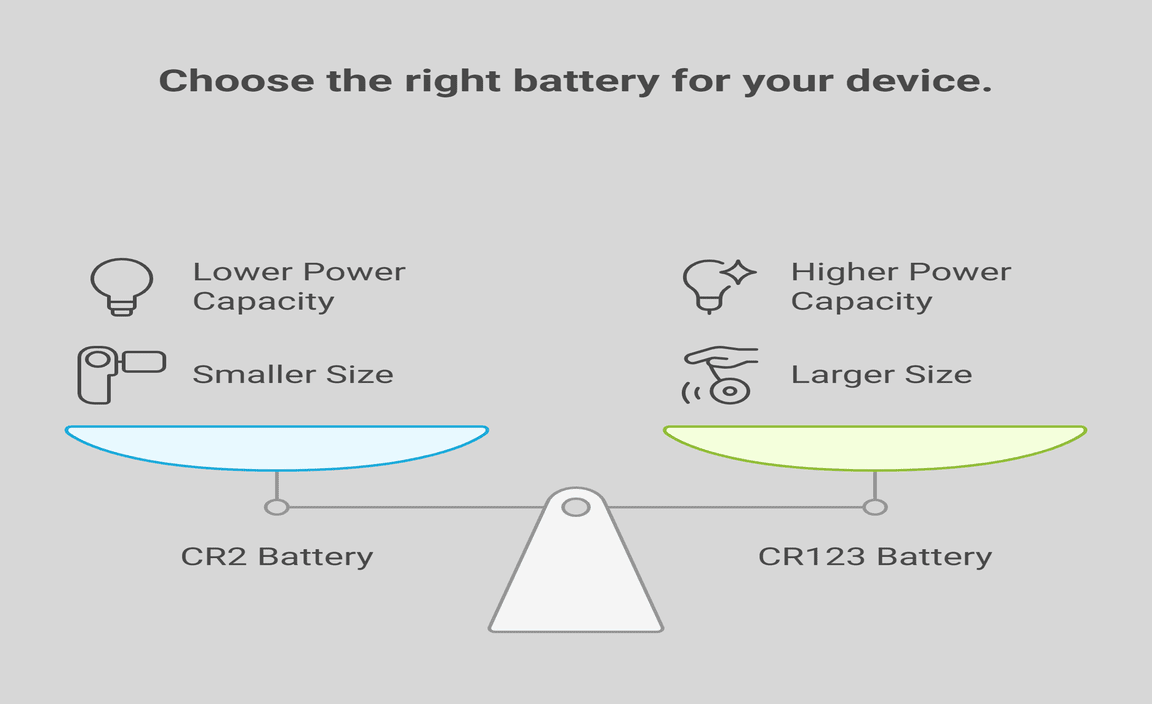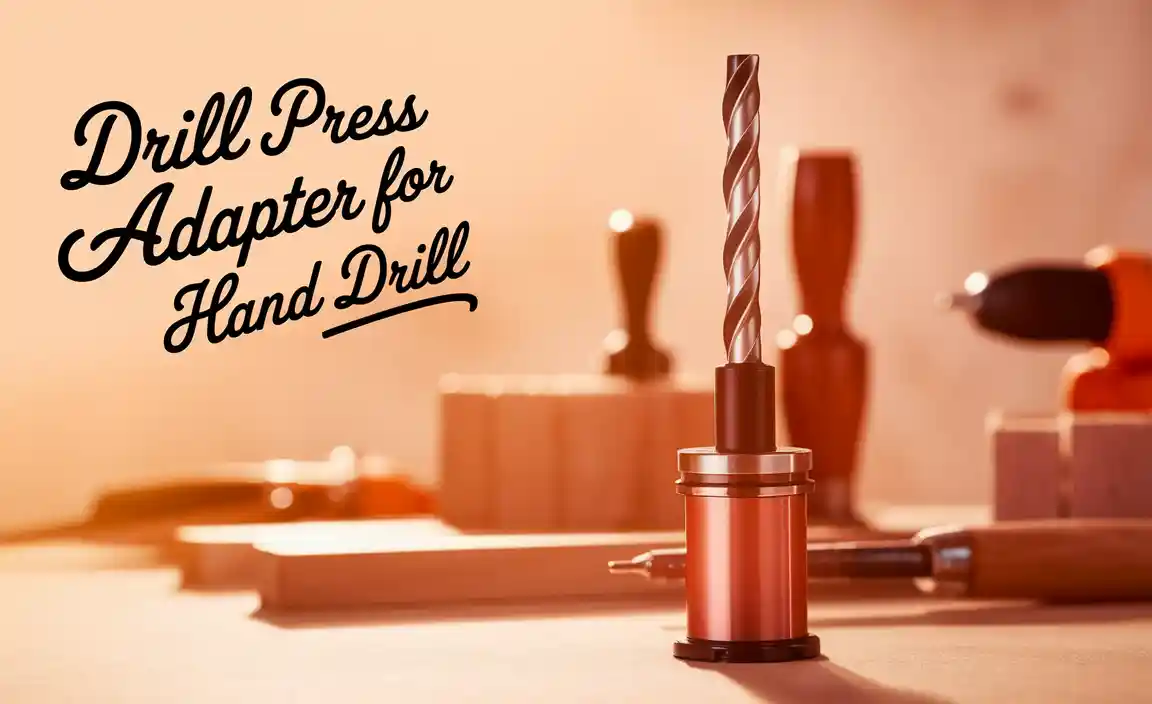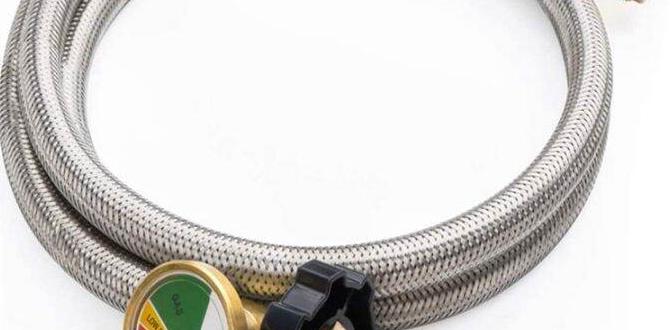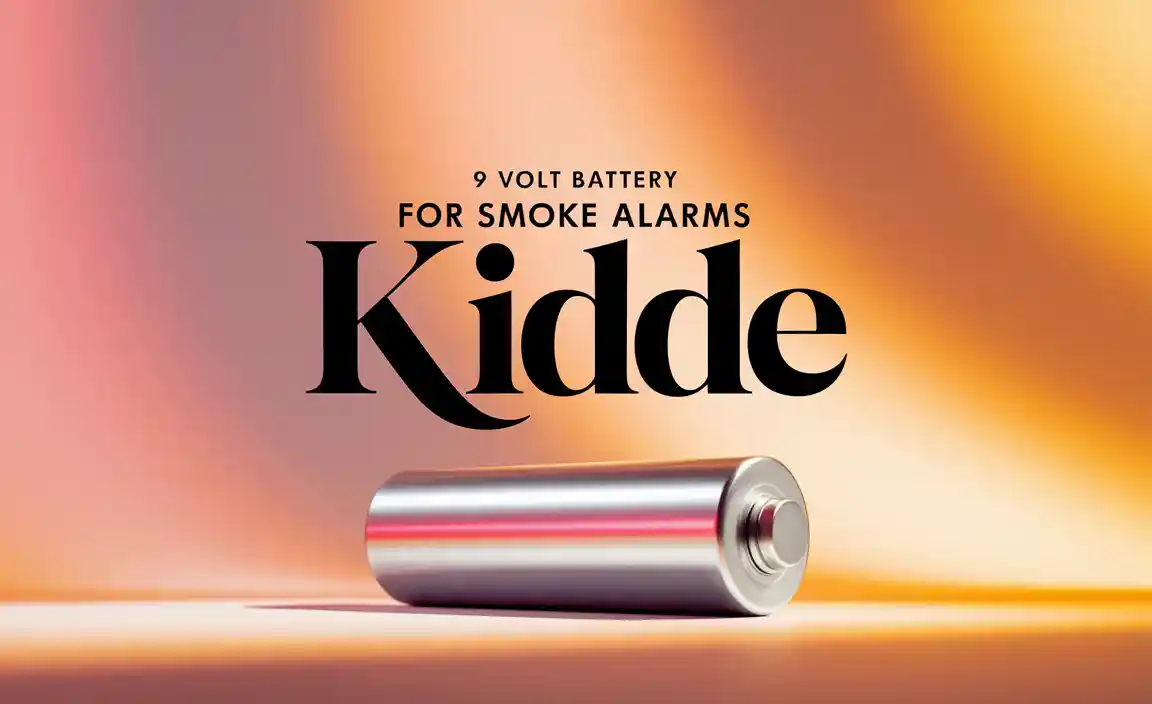Did you know hearing aids rely on tiny batteries to work their magic? Imagine trying to hear a whisper in a noisy room. That’s where these batteries come in. They power the device, making every sound clear. But have you ever wondered why hearing aids need such small batteries?
Think about a little buzzing bee. It’s small, but when it flies around, it carries a big job. Just like that bee, a battery for hearing aids holds surprising power inside. These batteries can fit in your pocket, yet they can change someone’s world. How does such a tiny thing help you hear big sounds? Let’s find out!
Choosing The Right Battery For Hearing Aids
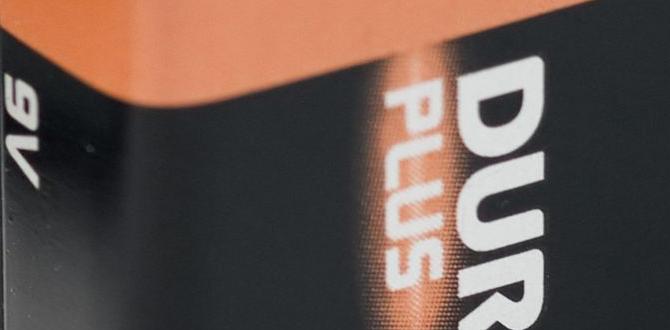
Understanding Batteries for Hearing Aids
Imagine your grandpa adjusting his hearing aid. It suddenly stops making sound. What could be wrong? The tiny battery might be the culprit! Hearing aid batteries are small but mighty. They give power so you can hear life’s beautiful sounds. Fancy a surprise? Some batteries can last several days. These batteries come in different sizes and colors. They help people hear better and stay connected to the world.Types of Hearing Aid Batteries
Zincair button disposable batteries. Rechargeable hearing aid batteries.Hearing aid batteries come in different types. The most common ones are zinc-air button batteries. They are small, round, and easy to use. They work when air comes into contact with them. These batteries last about a week.
Another type is rechargeable batteries. These are eco-friendly because you can use them again. You need a charger to keep them powered. They are convenient because you don’t have to buy new ones often. Which type of battery is best depends on your needs.
### **What is the best battery type for hearing aids?**The best battery type depends on the user’s lifestyle.
An active lifestyle or limited energy resources
- People who are always on the go might prefer rechargeable batteries. They are easy to charge daily.
- If you have limited access to power, zinc-air batteries are a reliable choice.
Understanding these options can help you or your loved ones hear better every day. Did you know some rechargeable batteries last for a whole day on a single charge?
Battery Sizes and Specifications
Standard sizes: 10, 13, 312, and 675. Color coding system for easy identification.When it comes to hearing aids, batteries are like their tiny best friends. They come in four standard sizes: 10, 13, 312, and 675. Each size fits different hearing aids, similar to how shoes fit feet! To avoid any mix-ups, a color-coded system helps you know which battery to grab. It’s like picking candy—each color means a different thing. For example, a yellow tab is size 10, and a brown one is size 312.
| Size | Color Code |
|---|---|
| 10 | Yellow |
| 13 | Orange |
| 312 | Brown |
| 675 | Blue |
Now, you might wonder, “Why so many sizes?” That’s because different hearing aids have different power needs. So, if your hearing aid wants to be the next rock star, make sure it gets the right battery. Keep an eye on those colors, and your hearing aid will sing sweet melodies.
Factors Affecting Battery Life
Frequency of use and device settings. Environmental influences such as humidity and temperature.Why Does Battery Life Differ in Hearing Aids?
Many things can affect how long batteries last in hearing aids. If you use your hearing aids a lot, you might find the battery runs out quicker. Different settings on the device, like volume, also play a part. Plus, where you live can have an effect too. If it’s hot or humid, the battery drains faster. Keep these factors in mind to make your batteries last longer!
How Can You Make Batteries Last Longer?
- Turn off your hearing aids when not in use.
- Store batteries in a cool, dry place.
- Use the right settings for your needs.
Did you know? A hearing aid battery might last a week or two, depending on usage and condition. Remember these tips to get the most out of your batteries. Using common sense and being mindful of settings can make a big difference.
How to Maximize Battery Performance
Proper storage and handling tips. Using dehumidifiers and protective cases.Taking care of hearing aid batteries can make them last longer.
- **Keep batteries in a cool, dry place.**
- **Avoid storing them in the bathroom** where they can get wet.
- **Use a dehumidifier overnight.** This helps keep your hearing aids dry.
- **Place batteries in protective cases when not in use.**
Following these steps will help your batteries work better, save money, and reduce waste.
How can I store hearing aid batteries safely?
Store hearing aid batteries in a dry room, not the fridge. Keep them in their package. This prevents damage and keeps them fresh longer.Helpful Storage Tips
- Use a dedicated battery case.
- Avoid extreme temperatures.
Signs of a Deteriorating Battery
Warning signals from hearing aids. Common issues and troubleshooting.Have you ever noticed your hearing aids acting like grouchy teenagers, not wanting to cooperate? This could signal a battery on its last legs. Some signs are reduced sound quality or a device that switches off randomly. If the volume keeps dropping or there’s annoying static, it’s time to check the battery. Did you know? Troubleshooting says, “When in doubt, swap it out!” That simple solution might just bring your hearing aids back from their nap.
| Warning Signs | Potential Solutions |
|---|---|
| Random Shutdown | Change the battery |
| Low Sound Quality | Replace the battery |
| Intermittent Static | Check the battery levels |
If your hearing aids seem to be in a perpetual snooze mode or play hide and seek with sounds, changing the battery could revitalize them. Keep spare batteries handy, just in case they play tricks when you need them most!
Pros and Cons of Rechargeable vs. Disposable Batteries
Costeffectiveness and convenience. Environmental impact and performance reliability.Rechargeable vs Disposable Batteries: Pros and Cons
Choosing the right battery can affect your hearing aid’s cost and ease of use. Rechargeable batteries are cost-effective because they last longer. You recharge them, so you spend less on buying new ones. They’re also easy to use—just plug them in at night!
Disposable batteries are cheap at first, but costs add up over time. They’re convenient, especially if you forget to charge or travel often. But replacing them can be a hassle. Considering the environment, rechargeable batteries are better as they reduce waste.
- Cost-effective – Rechargeable batteries save money long term.
- Convenience – Disposables are quick when you’re on the go.
- Environmental impact – Rechargeables are friendlier to the earth.
- Performance reliability – Both types work well, but rechargeables are more consistent daily.
Are rechargeable batteries better for the environment?
Yes, rechargeable batteries help reduce waste. Each can replace many disposable batteries, lessening landfill impact.Do disposable batteries perform better?
No, they don’t perform better overall. Both serve well, but rechargeables offer steady power daily.How do costs compare over time?
Rechargeable batteries are more cost-effective in the long run. Though pricier upfront, they save money by reducing constantly buying new ones.Top Brands and Innovations in Hearing Aid Batteries
Leading manufacturers and their unique offerings. Recent advancements and future trends.When talking about hearing aid batteries, a few big names come to mind. Duracell, Rayovac, and Energizer are some of the leading manufacturers that make reliable batteries. Duracell boasts its long-lasting power, while Rayovac claims to make the world’s longest-lasting mercury-free battery. Energizer brings the power with batteries that perform well in extreme temperatures.
Recent advancements in hearing aid batteries include rechargeable options. These eliminate the fuss of frequent changes. According to a recent market report, the demand for rechargeable batteries is growing by 25% each year! The future trend looks bright, with companies exploring solar-powered and self-charging technologies—if only our chores would recharge themselves!
| Brand | Unique Offering |
|---|---|
| Duracell | Long-lasting batteries |
| Rayovac | World’s longest-lasting mercury-free batteries |
| Energizer | Performance in extreme temperatures |
Essential Accessories for Battery Management
Battery testers and chargers. Storage solutions for spare batteries.Managing hearing aid batteries can feel like trying to juggle invisible lemons—tricky but possible! A trusty battery tester ensures your batteries are good to go before you leave the house. Plus, a charger can be a life-saver, extending the life of rechargeable batteries. Spare batteries need a cozy home too. Storage solutions, like compact cases, keep them snug and safe. Remember, batteries have feelings too—they don’t like extreme heat or cold!
Here’s a quick look at essential items for battery management:
| Accessory | Purpose |
|---|---|
| Battery Tester | Checks battery life |
| Charger | Recharges batteries |
| Storage Solution | Keeps spare batteries safe |
Keeping everything together means you’re always prepared—like a superhero ready to save the day. So, manage those batteries well, and your hearing buddy will never let you down!
Conclusion
Hearing aid batteries are vital for clear listening. They come in different sizes and types. Always check your hearing aid’s requirements. Change batteries regularly for the best sound quality. Consider rechargeable options for convenience. Keep exploring to learn more about caring for your hearing aids and improving your listening experience!FAQs
What Are The Most Common Types Of Batteries Used In Hearing Aids, And How Do They Differ From Each Other?Hearing aids often use two common types of batteries: zinc-air and rechargeable. Zinc-air batteries are small, silver coins that you replace every few days. They need air to work, so you peel off a sticker before using them. Rechargeable batteries are like magic; you charge them at night while you sleep, similar to a phone. Both types make sure hearing aids give you clear sound.
How Often Should Hearing Aid Batteries Be Replaced, And What Are Some Tips For Extending Their Lifespan?Hearing aid batteries usually need to be replaced every 3 to 10 days. To make them last longer, turn off your hearing aids when you’re not using them. You can also open the battery door at night to let air flow. Keep the batteries in a cool, dry place. Avoid touching them with your fingers too much, as oil can shorten their life.
What Are The Environmental Impacts Of Hearing Aid Batteries, And Are There Eco-Friendly Options Available?Hearing aid batteries can harm the environment because they contain metals like zinc and mercury. If we throw them away carelessly, these metals can leak into the ground and water. Luckily, there are eco-friendly options! Some companies now make rechargeable batteries or recycle old ones. By choosing these options, we can help keep the Earth clean and safe.
How Does Temperature And Humidity Affect The Performance And Longevity Of Hearing Aid Batteries?Temperature and humidity can change how long hearing aid batteries last. If it’s too hot or too cold, the batteries may stop working. In places that are too wet, batteries can drain faster and not last as long. Keeping them in a cool, dry place helps them work better and last longer.
What Advancements Are Being Made In Hearing Aid Battery Technology, And How Might They Benefit Users In The Future?Hearing aid batteries are getting better every day. Some new batteries last longer, so you won’t need to change them often. There are also rechargeable batteries that you can use again and again, just like a phone. In the future, these advancements will make hearing aids easier and more fun to use. Plus, they help us take care of the Earth by using fewer batteries.

